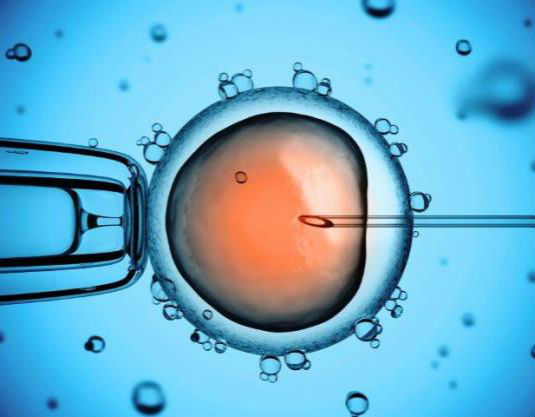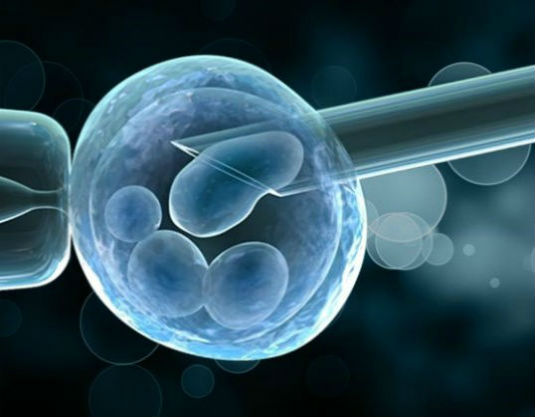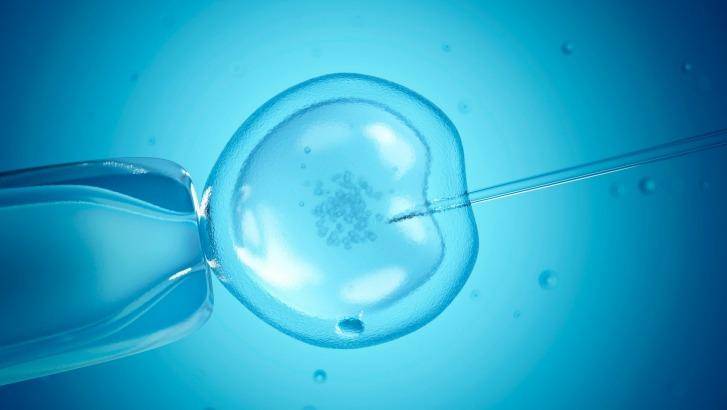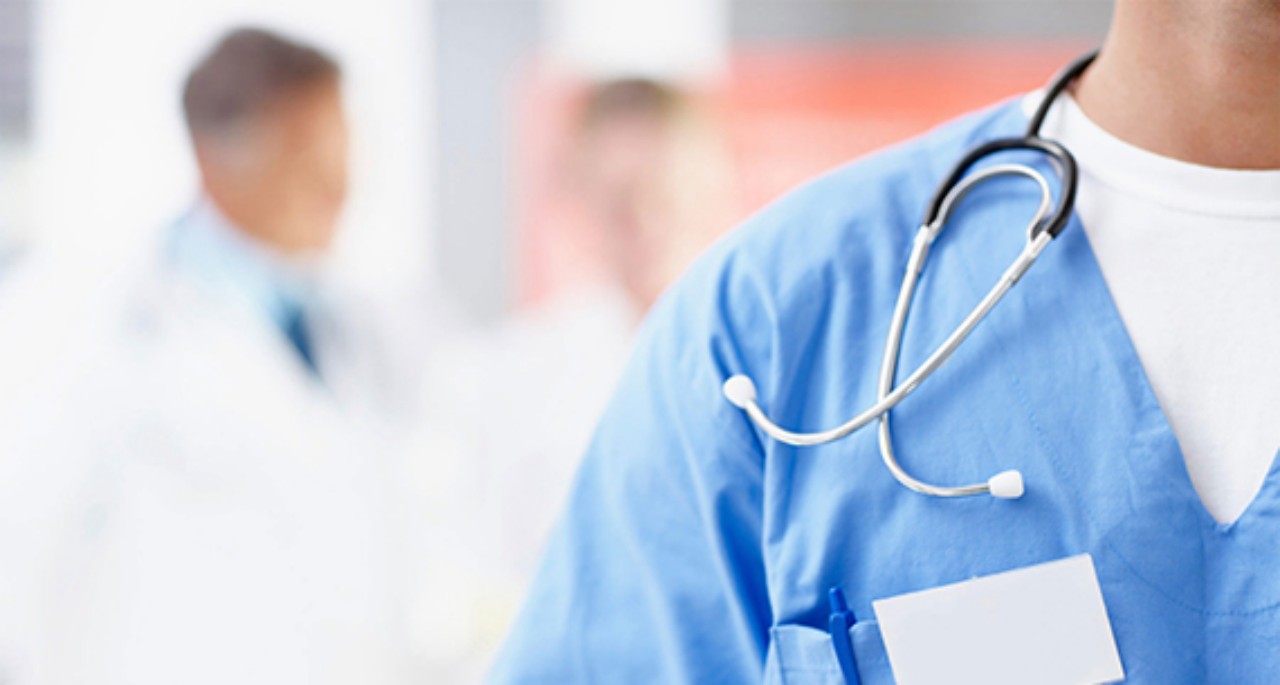In Vitro Fertilisation (IVF) is used to treat a wide range of fertility problems. For many, such as tubal factor or age-related infertility it may be the first-line treatment and for others may only be recommended if simpler treatments fail. How does an IVF cycle work? Once you have been seen in clinic and a
Outcomes and risks of treatment It should always be our duty of care to optimize outcome with the least possible intervention. As you can see from the Livebirth Rate table of our data for the last 10 years (2005-2014), IVF success rate improves with increasing egg numbers collected, but there comes a point where the
Intracytoplasmic Sperm Injection (ICSI) ICSI treatment has allowed couples where there is a significant male factor problem to achieve treatment success similar to those with other causes of subfertility. Prior to its introduction in 1992, these couples would have not achieved fertilization or very low fertilization rates using standard IVF techniques. Couples prepare for ICSI
Optimising the outcome for patients found to have a “low ovarian reserve” or be “poor-responders” in previous fertility treatment cycles is an area in which The Lister Fertility Clinic team excels. A diagnosis of low ovarian reserve is often an unexpected one and adds to what can already be a period of significant stress and
Preimplantation Genetic Screening (CGH) Array CGH (aCGH) is the most well-established of the new generation of pre-implantation genetic screening (PGS) tests. It allows us to comprehensively screen embryos for abnormalities in all 24 chromosomes before transfer. Genetically normal embryos have a higher chance of implantation and the resulting pregnancies have a lower chance of miscarriage.
Egg Freezing We now confidently offers egg freezing with successful pregnancy outcomes following the freeze / thaw process. A woman’s fertility is predominantly dependant on the quality and quantity of her eggs. A healthy woman has a finite number of eggs, which is at its maximum (6-7 million) before birth and continues to decline throughout
Blastocyst transfer When we first opened in 1988, embryos were routinely transferred back into the womb two to three days after egg collection. We now have the expertise to grow embryos to five to six days after egg collection, when the pre-implantation embryos are called blastocysts. Blastocyst transfer will not be suitable for all couples.
Surgical sperm retrieval 1% of men suffer from azoospermia (when there is no sperm in the ejaculate) and will require sperm to be surgically retrieved for use in a cycle of ICSI to allow a chance of successful conception. These couples will be treated in conjunction with one of our Consultant Urologist colleague Azoospermia can
Menopause is a natural event in a woman’s life it occurs around the age of 52, but can happen earlier if surgically induced by removal of the ovaries. Pre-ovarian failure can occur at a much younger age, and is important to identify and treat. Menopause is normally associated with cessation of menstrual periods, but the
Bio-identical oestrogen has many benefits for long term health in post -menopausal women. The obvious reduction of hot flushes and night sweats together with better sleep at the beginning and during the menopause, as well as less anxiety and low mood. The oestrogen has to be balanced by the correct amount of natural progesterone. Bio-identical
 Ελληνικα
Ελληνικα  English
English 
